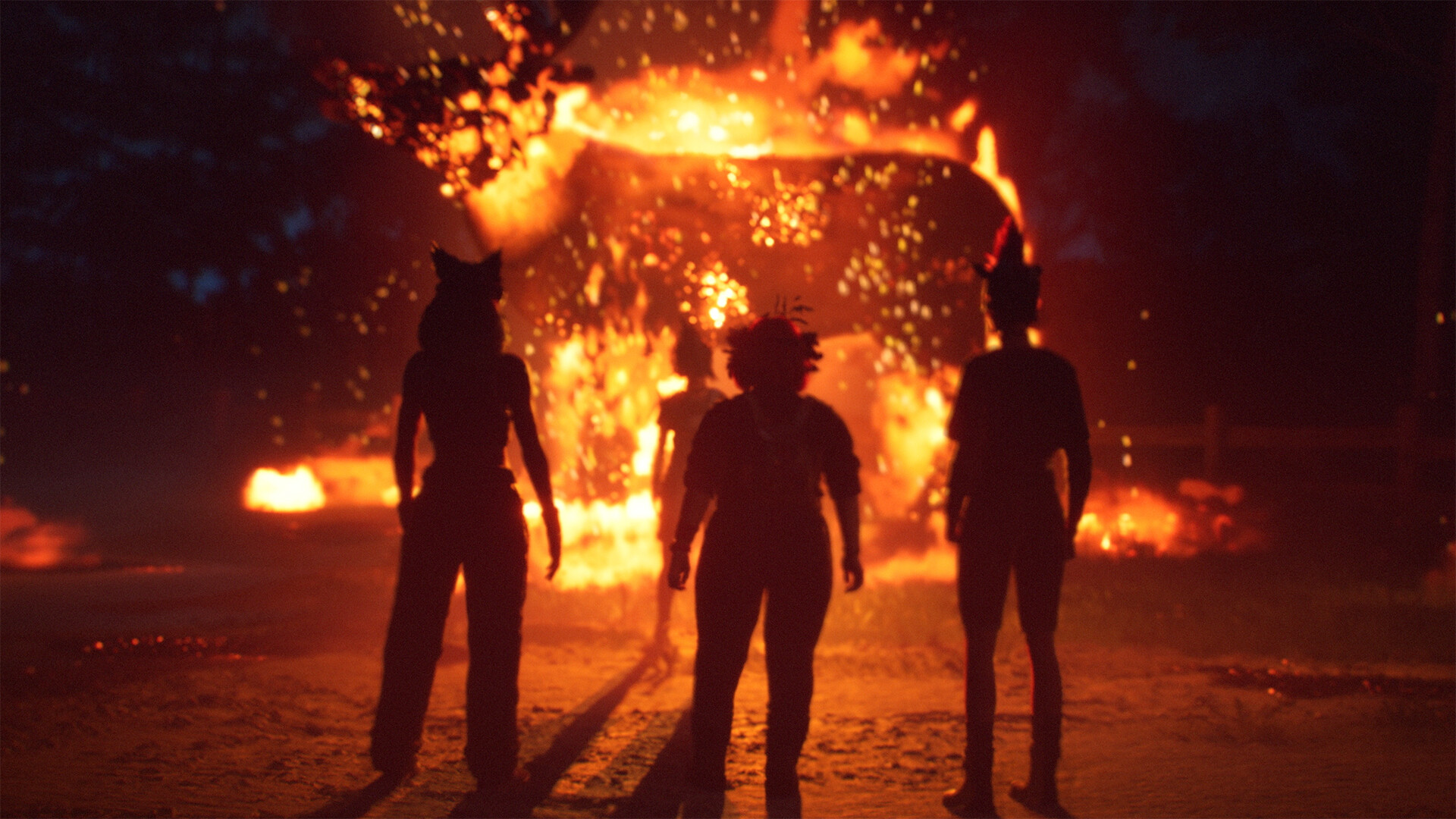The graphic novel adaptation of post-apocalyptic classic The Road is one of the most frightening and beautiful comics you will read this year
Interview | Artist and writer Manu Larcenet on adapting Cormac McCarthy's famous novel
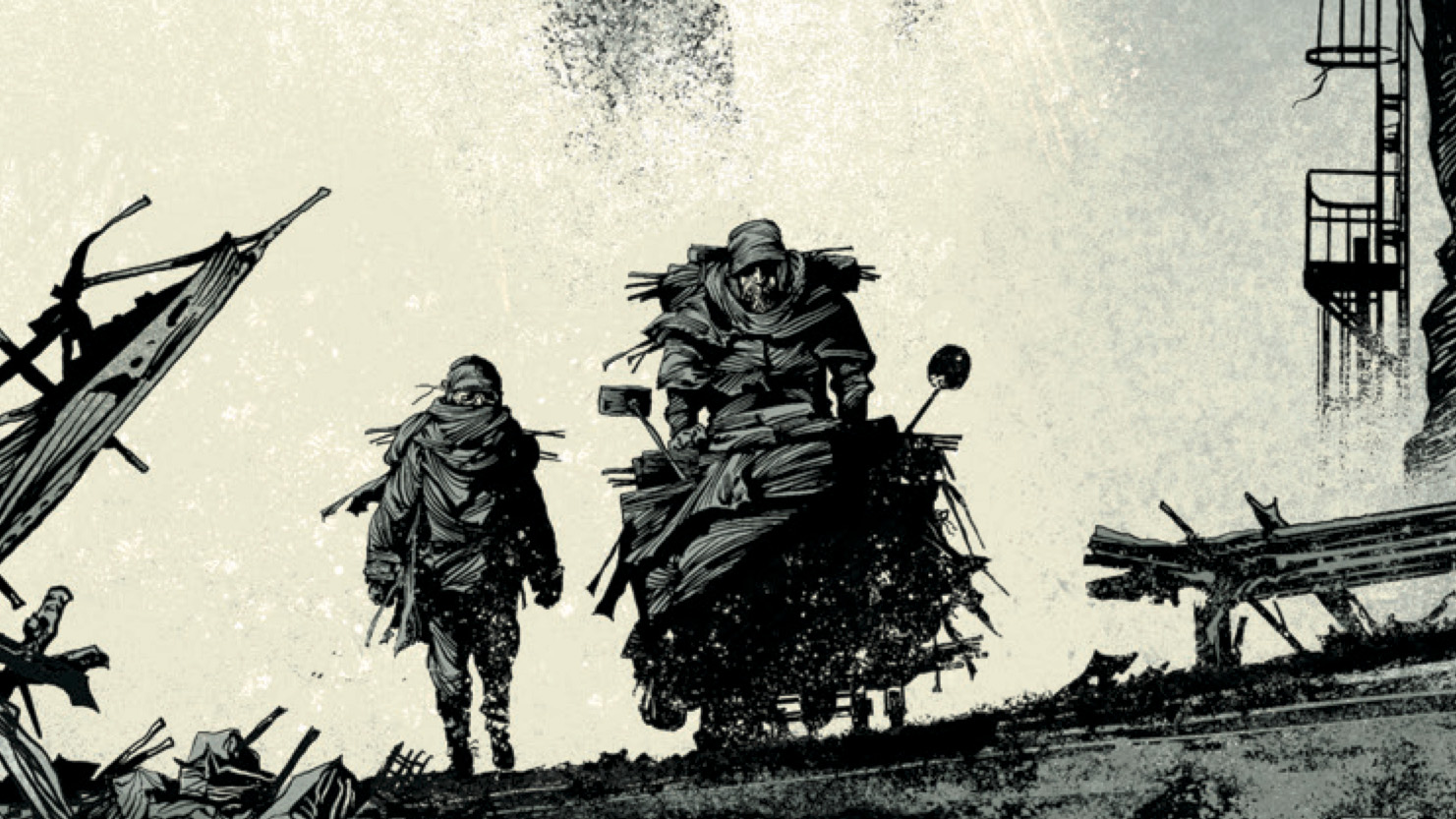
Cormac McCarthy's post-apocalyptic novel The Road is a dark story, even compared to the author's own back catalogue of other bleakly brilliant books. It's also a masterpiece, one that rightly won the 2007 Pulitzer Prize for Fiction, and was quickly made into an equally uncompromising film by director John Hillcoat. Now it has provided the inspiration for a beautiful and haunting new graphic novel from French cartoonist Manu Larcenet which is published this week by Abrams ComicArts.
Set sometime after the end of the world, The Road follows two survivors – a father and his young son – as they scrape a desperate living amid the ash-coated ruins of a fallen civilization, all while fighting starvation and trying to avoid murderous strangers. As with McCarthy's novel, the plot is simple, the dialogue sparse, but Larcenet's book is dazzling in its depiction of both the harsh landscapes and the moments of heartbreaking humanity between its two main characters.
Newsarama caught up with Manu Larcenet to find out more about this extraordinary project, his contact with McCarthy shortly before the writer passed away in 2023, and what it was like to be immersed in the world of The Road for two years.
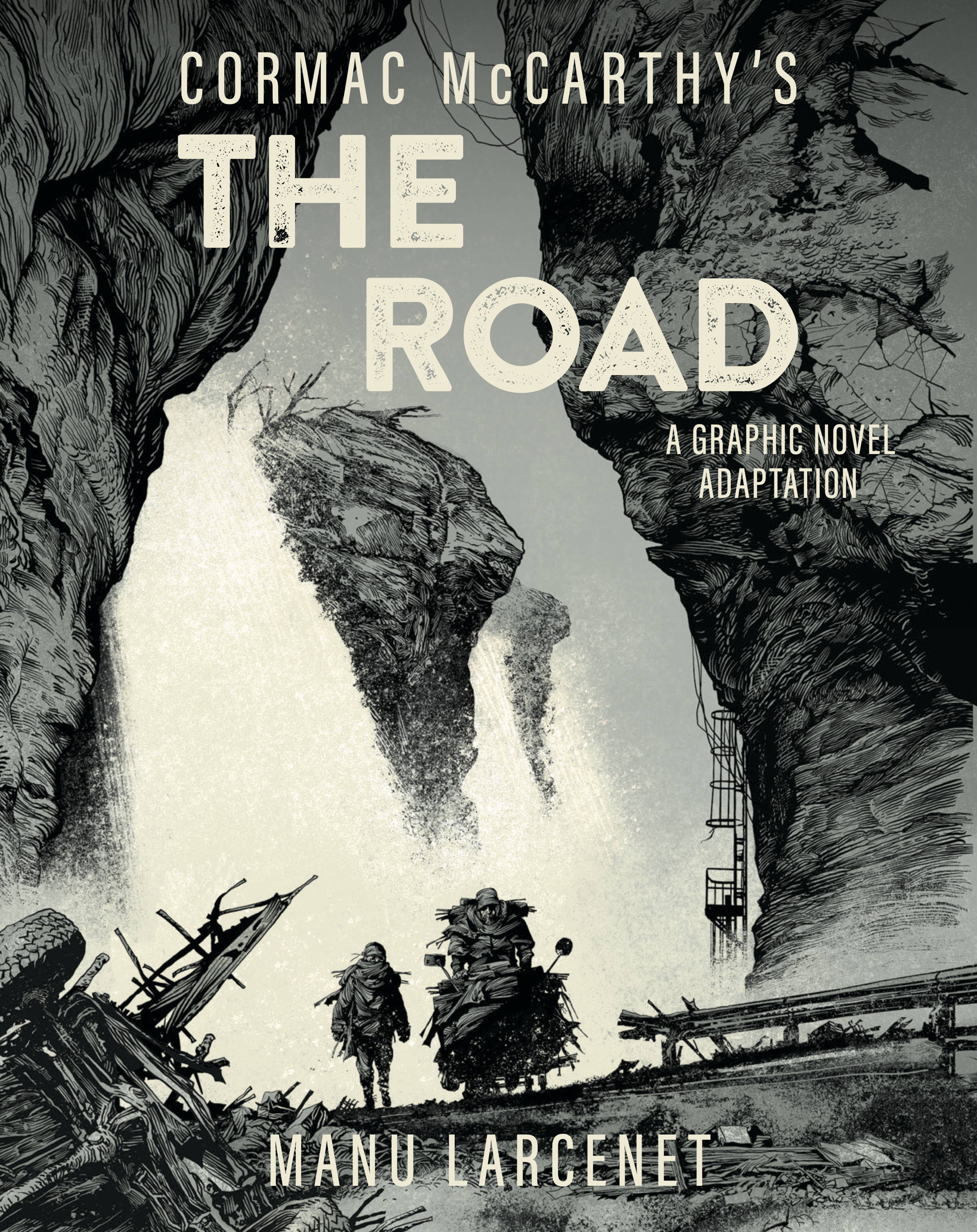
Newsarama: Hello Manu. Tell us a little bit about your relationship to Cormac McCarthy's original novel and why you wanted to adapt it?
Manu Larcenet: I was immediately enthralled by the atmosphere created by Cormac McCarthy. Most likely because I enjoy drawing the snow, the chilling winds, the dark clouds, the sizzling rain, snags, rust, and damps. I draw violence or kindness, wild animals, dirty skin, pits, and stagnant water. I enjoy the contrast between the characters and their environment. I was also very sensitive to slowness and the absence of Hollywood-style action scenes. There is no classic narrative arc but rather a succession of scenes, sometimes very contemplative.
I know that you wrote to McCarthy personally, asking his permission to make this adaptation. What was his response, and how much of your work did he get to see before he passed away?
Larcenet: To present my project of adaptation we got in touch with McCarthy through his agents. We presented some of my previous works and especially Blast and an adaptation of another successful novel, The Brodeck Report. I guess that it convinced him but it was obviously based on my future work that I thought we were going to have a dialogue. Unfortunately, this has not been possible; he died and only saw half of the album before we could communicate. I was only told that he was both happy and impressed by it. Which is both too little and a lot.
Comic deals, prizes and latest news
Get the best comic news, insights, opinions, analysis and more!
It so happens that I had complete freedom. Today I like to think that it was the way McCarthy wanted and I believe that he would have been happy with the result.
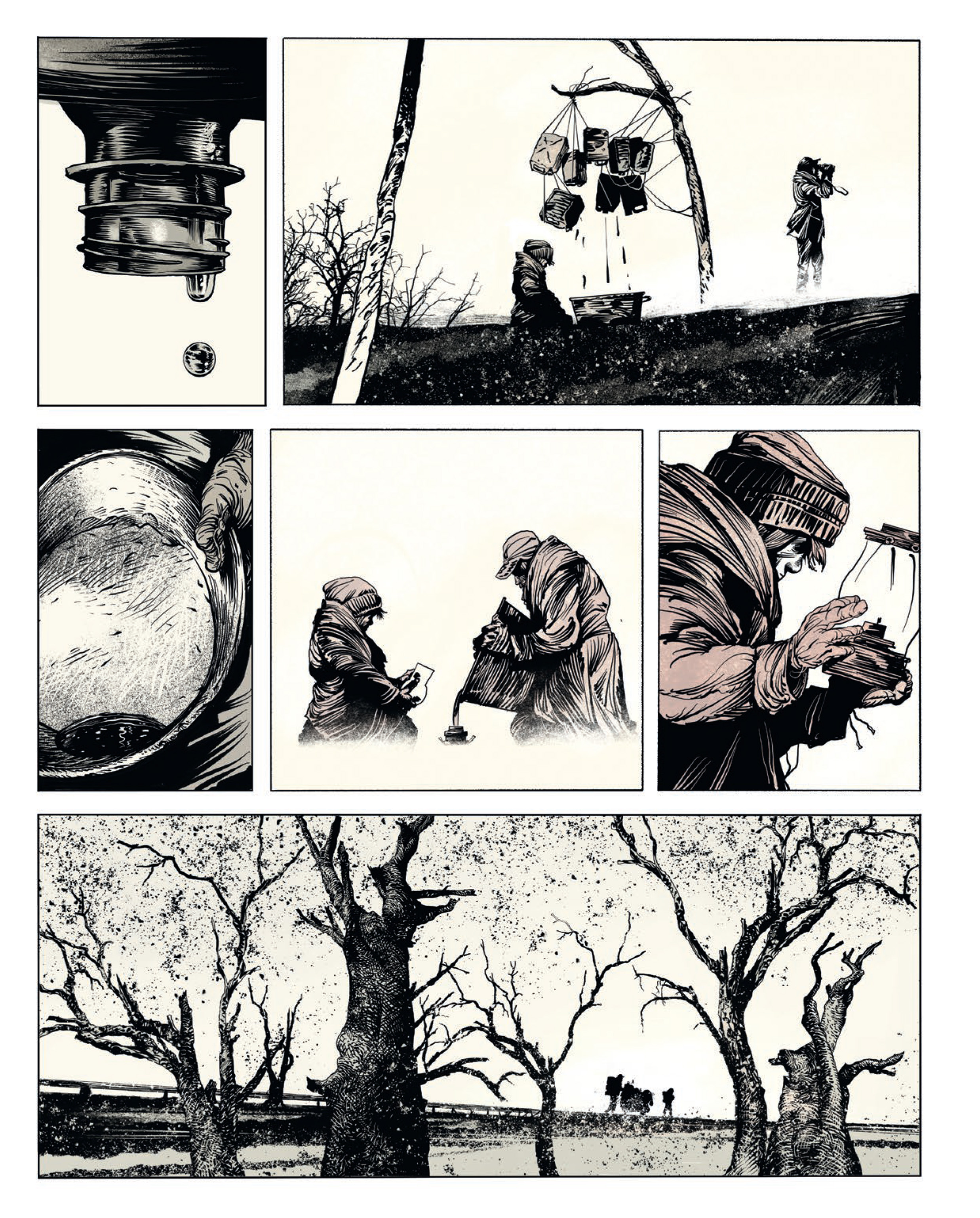
Your art for The Road is staggeringly beautiful and extremely detailed. This must have been a massive project. How long did it take to create?
Larcenet: Thank you, it's always rewarding to know that the readers have been so attentive. It took me most of my days and some of my nights during two long years to draw this album. At the end my copy of the novel was not in such a good shape…

The Road is a story that's as much about the world and its environments as it is its characters. Did that present you with new challenges as an artist?
Larcenet: I think I can draw almost anything, but the challenge was there anyway. In The Road, there was a lifeless world, apocalyptic landscapes, rocky and dirty, grimy, and above all dead. A setting without nature, without leaves, without animals… I was afraid I would not be able to sustain it over time suffocated by that coldness.
The ashes, omnipresent, did change everything by clothing that setting, by tinting and then transforming everything. There was also the difficulty of creating an album from a novel of little action and very few words. When McCarthy describes a landscape in a few lines it may sometimes take me three pages to render it. So I needed readers to go through my drawings as if it were text. And I felt I would be able to draw the silences of the novel.

Did you have any strong visual reference points for this book?
Larcenet: Not really, I wanted to distance myself from the movie. The graphic style was imposed from the start, that of a classic drawing far from caricature. I knew that immediately and, if any, inspiration could have come from Gustave Doré.
I had also made the resolute choice of black and white, but it turned out to be very violent, too binary, radical. I then remembered my classes when I was an art school student and my discovery of colored grays. A way to soften the drawing without denaturing it, a very sparing use of color. I am my own colorist, and I think I used 14 shades of gray and readers tell me that I owe some of the most beautiful pages of the album to these colored grays.
This is a very bleak story and you had to be immersed in it for a long time. Was that ever difficult?
Larcenet: For two years I spent most of my days and some of my nights reading and reading again The Road, immersed in McCarthy's world and words. Of course, living in such a universe has been demanding and somehow depressing. And I sometimes suffocated in that coldness and got lost in the dark universe I had recreated.
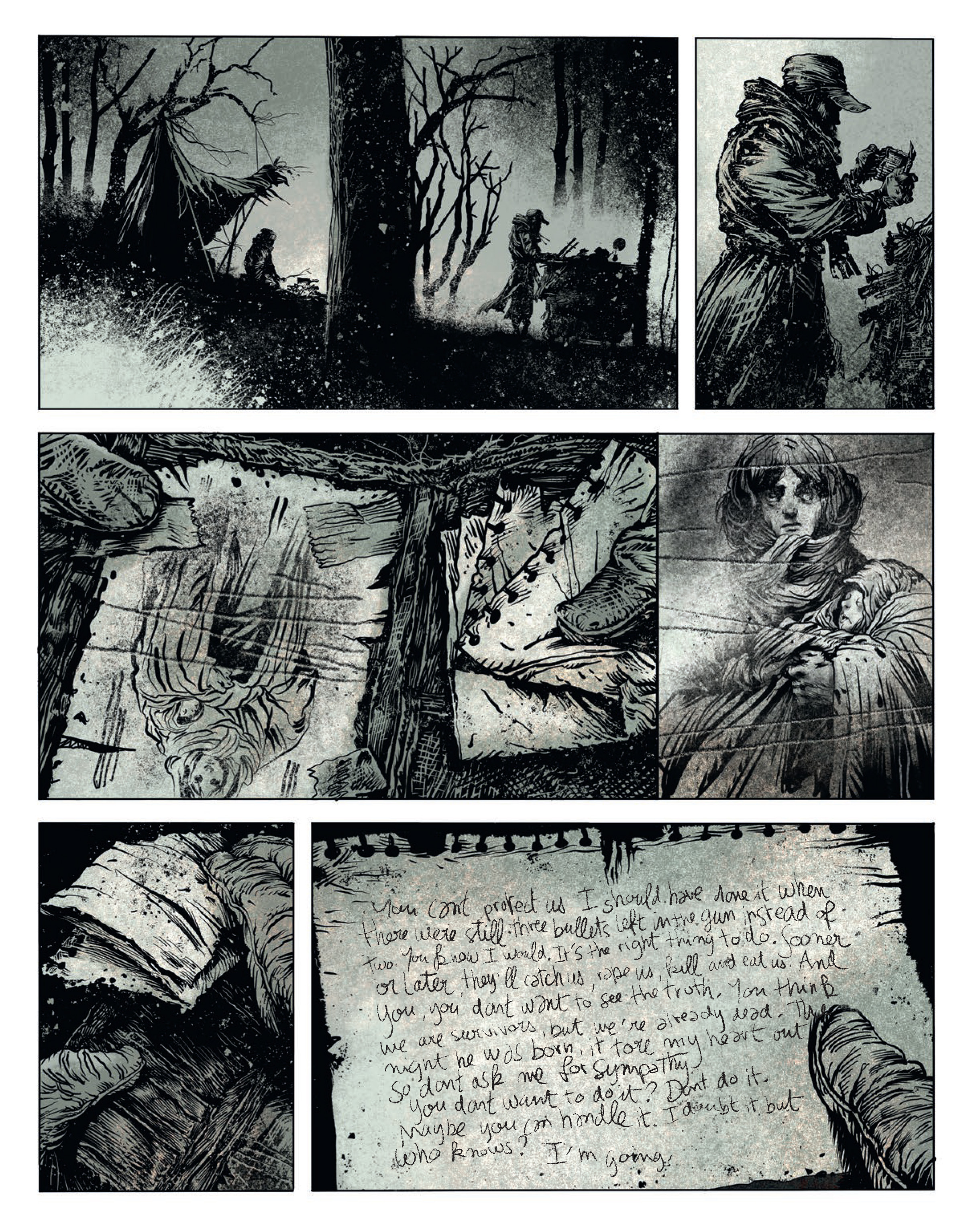
The Road was originally written in 2006 and became an instant classic. What do you think it is about this story that makes it endure?
Larcenet: What is The Road about? A father wanting to pass on to his son and at the same time to prepare him for his absence. Their endless wandering, fighting cold, hunger and fear in a hostile, lifeless and dangerous post-apocalyptic world.
It seems to me that the importance and duties of paternity and the fear of an apocalyptic future are eternal themes. And Cormac McCarthy staged them with extraordinary efficiency and economy. I hope that the readers will see The Road graphic novel as a great tribute to an immense writer.
What's next for you as a creator? What are you working on at the moment?
I am presently working on a very personal new album which is also an ambitious and long-term project. The torments of creation will be at the heart of this new album. One last word: drawing is my life, but it does not mean that my life is easy.
The Road is published by Abrams ComicArts on September 26.
Discover the shadowy world of Tula Lotay and Becky Cloonan's eerie folk tale Somna.

Will Salmon is the Streaming Editor for GamesRadar+. He has been writing about film, TV, comics, and music for more than 15 years, which is quite a long time if you stop and think about it. At Future he launched the scary movie magazine Horrorville, relaunched Comic Heroes, and has written for every issue of SFX magazine for well over a decade. His music writing has appeared in The Quietus, MOJO, Electronic Sound, Clash, and loads of other places too.
